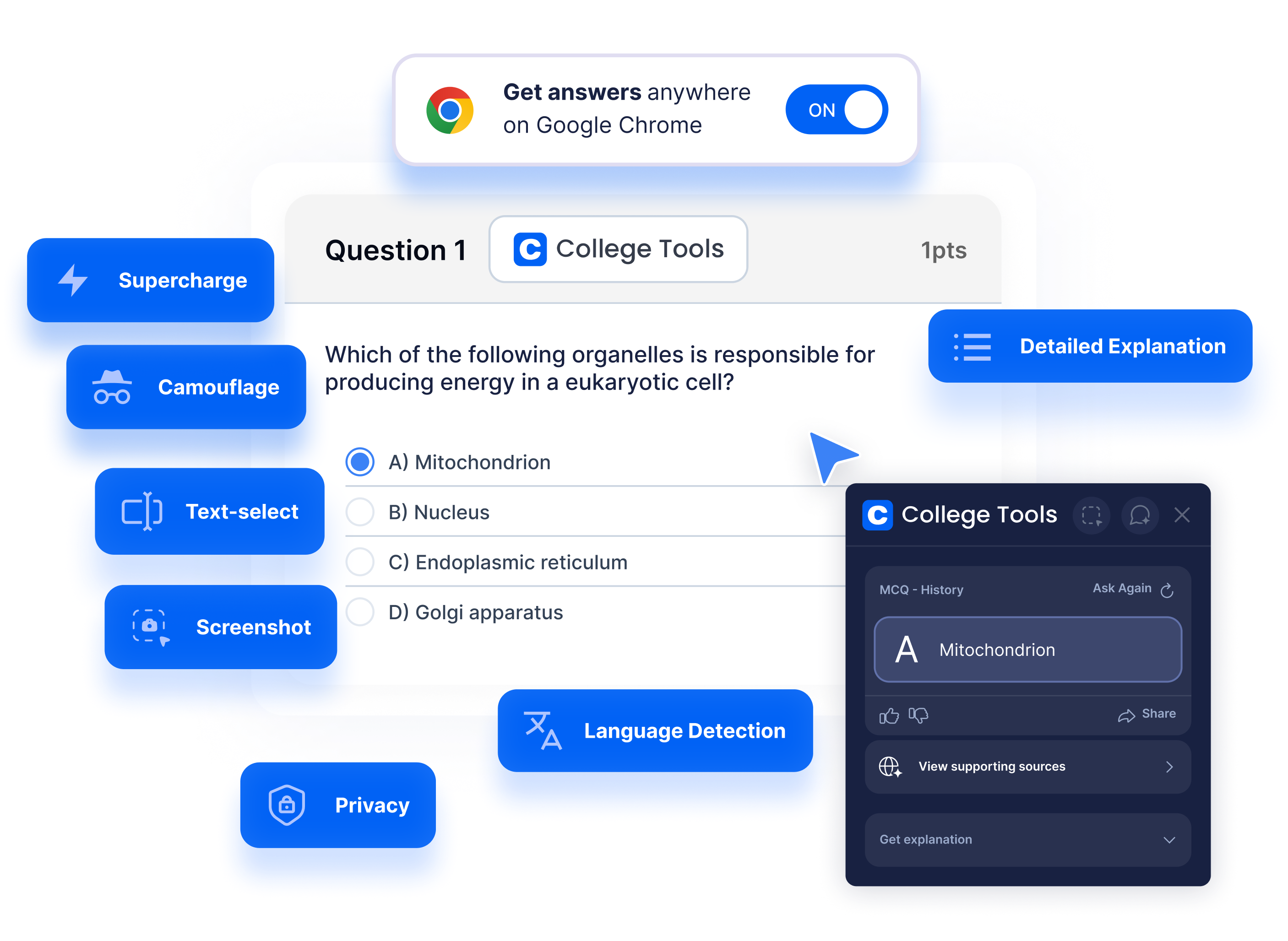Table of contents
Engage Your Audience from the Start
One of the most important aspects of a successful presentation is capturing your audience's attention from the very beginning. This involves using a strong opening that resonates with your listeners. You might start with an intriguing question, a surprising fact, or a relevant anecdote. Harvard Business Review (HBR) highlights the importance of establishing credibility and rapport with your audience, noting that confidence is key to keeping listeners engaged.
Use Technology to Your Advantage
In our digital age, presentations that integrate technology often stand out. Embrace software and online tools that allow you to incorporate interactive elements such as polls, quizzes, and multimedia content. This interactive approach not only keeps your audience interested but also enhances their understanding of the topic.
Simplify Your Slides
Your slides should aid your presentation, not detract from it. According to TED Talks, known for their powerful and effective presentations (see playlist), the best slides are those that support your message with clear visuals and minimal text. Think of slides as billboards; if you can't grasp the content at a glance, it's too complicated.
Practice the 'Pause'
Public speaking experts often refer to the power of the pause. Lifehacker (article) suggests that by strategically pausing before and after significant points, you can allow your message to resonate with the audience. It also gives you a moment to gather your thoughts and control the pacing of your delivery.
Apply Storytelling Techniques
A presentation is not just a series of facts; it's an opportunity to tell a story. Integrate a narrative structure into your content to guide your audience through your message. Use characters, conflicts, and resolutions to make your topic more relatable and memorable.
Master Non-Verbal Communication
Non-verbal cues, including body language, gestures, and facial expressions, convey a great deal of information during presentations. Become adept at using your body to reinforce your message. Using deliberate gestures can help emphasize points and engage viewers.
Leverage the Power of Repetition
Reiteration is a powerful tool in speaking. When you repeat a key idea or phrase, it can help cement the concept in your audience's mind. This technique should be used sparingly, but when applied correctly, it can make your message more impactful.
Encourage Interaction
Interaction not only makes your presentation more dynamic but also ensures that your audience remains attentive. Pose questions to your audience, invite them to share their thoughts, or include activities that encourage participation.
Time Your Presentation
One of the biggest mistakes presenters make is not timing their talk. Practice delivering your presentation with a timer to ensure that you stay within your allotted time, avoiding the need to rush through slides or leave out important information.
Reflect and Refine
After completing your presentation, take the time to reflect on what worked well and what could be improved. Seek feedback from peers, professors, or mentors, and use this input to refine your approach for future presentations.
Utilize Cutting-Edge Tools
The use of AI-powered tools can significantly enhance the preparation and execution of your presentations. For instance, College Tools offers a suite of features that can assist with creating more engaging presentations (learn more). Whether it’s through improved research methods or innovative presentation software, staying ahead of technological advancements can give you a competitive edge.









